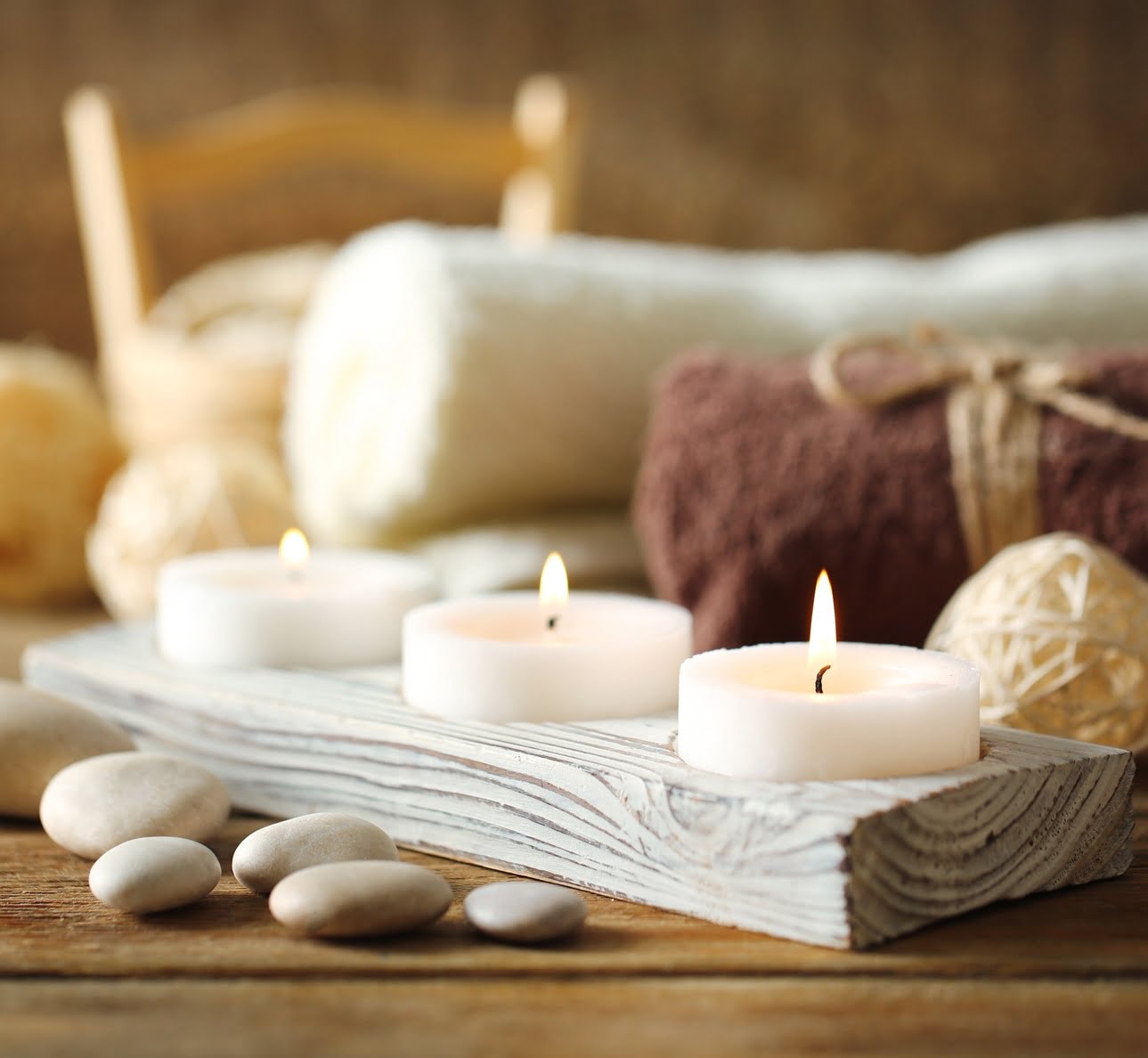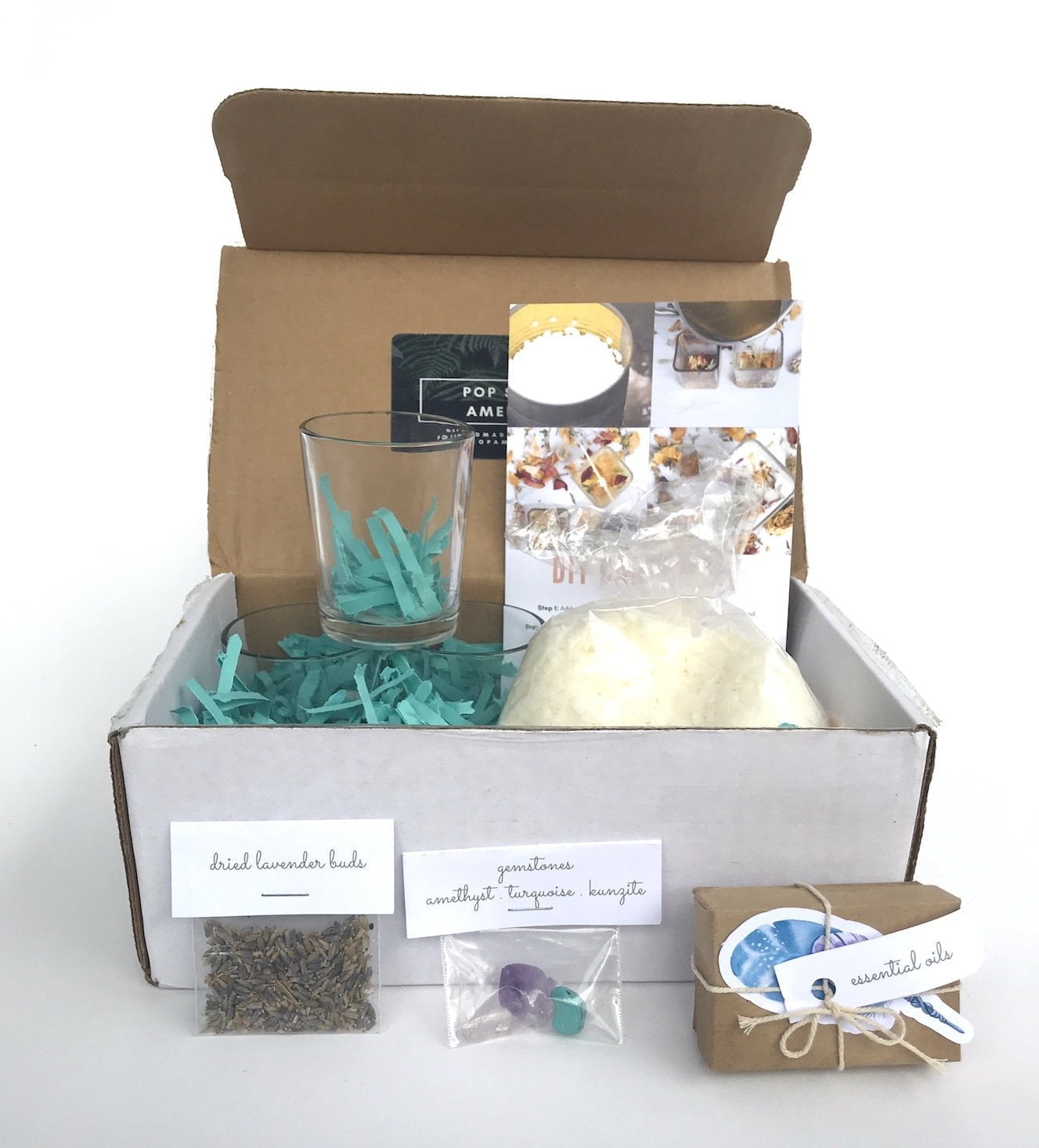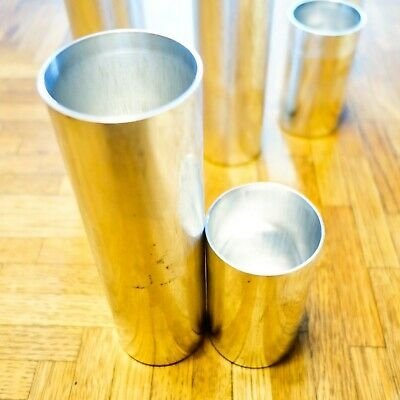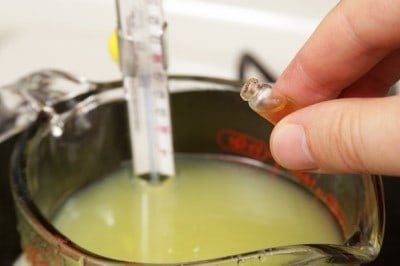Introduction
Candle making is an ancient art, having been around since prehistoric times. Initially, candles were created by melting animal fats and pouring the liquid into molds or hollowed out vegetables. Later, beeswax became the main material used, although other materials such as tallow and paraffin were experimented with. With the rise of modern candle technology, modern waxes continue to be used across many different markets and themes.
One of the most popular waxes in use today is paraffin wax. Paraffin has a high melting point as well as a long burning time and can also be scented easily with dyes and fragrances. Soy wax is also commonly used for candle making. Advantages of soy include its ease of use (paraffin needs to be melted down first) and its ability to hold more fragrance oils without scorching than other types of waxes. Additionally, soy wax is less likely to induce allergies because it does not contain toxins like some petroleum-based waxes do. Beeswax is another frequently used choice for candle makers; it produces a natural aroma that many people love, burns unassisted without a wick, and has a naturally subtle hint of honey scent.
Paraffin wax remains the go-to choice for large scale production because it’s widely available at commercially reasonable prices while Soy or Beeswax tend to want higher in cost due to the small scale production or sourcing farmers who are engaged in ethical practices that help sustain wild life habitats supportive of local farmers sustaining their businesses plus eco sustainable recommendations by leading companies supporting ethical stores refusing cheap Chinese made products potentially containing harmful non green screening elements like dioxins found in some paraffins.. As paraffin candles have become much cheaper to make than soy or beeswax candles over recent years, they remain one of the most popular types on the market while being affordable enough for everyday consumers who may only buy one particular type at any given time from retail stores .
Different Types of Wax
Paraffin Wax: Paraffin wax is one of the most common types of wax used in candle making. It is inexpensive, provides good scent throw and color retention, and is easy to work with. The main downsides are that the burning time isn’t very long, and it can produce excessive soot accumulation on walls and surfaces nearby.
Beeswax: Beeswax is an all-natural wax derived from bee hives (though most modern beeswax production no longer involves any harm to bees). Beeswax candles burn bright and beautiful; however, they can be more expensive than other types of candle waxes. They also produce a long burn time but less scent throw than other waxes like paraffin.
Soy Wax: Soy wax is a plant-based alternative to traditional petroleum paraffin oil and makes for heavenly smelling candles. It typically burns slower than paraffin or beeswax, often lasting up to 50% longer with little to no soot. However, soy can be messier when it comes to dipping or resins application because it melts at a lower temperature than most other waxes.
Vegetable Wax: Vegetable wax is somewhat a novelty type of wax made mostly from hardened palm oil or soybean oil, usually blended with other natural plant-based oils such as coconut oil or jojoba seed oil. Vegetable wax has a high melting point which creates longer burning times compared to beeswax or soy; however, vegetable needs additives if you want strong fragrance throw in addition to better structural stability during hot temperatures. As with other various types of candle making materials, this type may also release toxins if heated over its melt point, so proper care should be taken when working with vegetable based waxes – be sure not to heat too far beyond recommended temperature settings!
Paraffin Wax
Paraffin wax is derived from petroleum and is the most commonly used type of wax for candle-making. Paraffin can hold its shape over time, provided it is kept in an airtight container. It has a good scent retention quality, meaning it will not overpower other scents added to the candle. The fact that it is affordable and readily available makes it a great choice for beginners as well as experienced candle makers. Paraffin wax has a low melting temperature which makes it easier to work with when pouring into containers or molds. Its putty-like nature allows for adding additional colors or decoration to your candles such as embeds or embedding material such as rose petals and leaves. You can also use paraffin blocks but this requires a place where you can hold them while cutting them into pieces and then melting them down before pouring the mixture into the molds or containers. Additionally, paraffin wax has energy efficiency benefits since they take less time to manufacture compared to other types of waxes.
Beeswax
Beeswax is the traditional wax used for candle-making, and for good reason. The natural properties of beeswax give candles a nice soft glow and a long burning time. The clean burning of beeswax further provides an abundant amount of negative ions which can help purify the air, making it ideal for aromatherapy candles or ones that emit a pleasant scent. Beeswax also has a higher melting temperature than other waxes, which means it can hold up to intense heat better than other waxes. Other benefits include a thick, creamy texture when melted that takes color well, low shrinkage once set, strong fragrance retention in scented candles and more. Although beeswax is far more expensive than paraffin wax, soy wax or palm wax, it offers features that make it an ideal choice for quality candle makers who are looking to provide an elegant product.
Soy Wax
Advantages:
1. Soy wax is environmentally friendly and doesn’t contain petroleum or other harmful ingredients.
2. It has a lower melting point than most other waxes, so it will burn slower and last much longer.
3. It also helps your candles smells last longer and more vibrant since soy wax holds scent better than others.
4. One of the biggest advantages of soy wax is that it’s easier to clean up since it tends to be softer than other types of candle-making waxes, so spills and residue are much easier to tackle with a bit of hot water and soap!
Disadvantages:
1. The biggest disadvantage of using soy wax in candle-making is that it often needs extra additives or help from a stabilizing agent in order to keep its shape while burning.
2. Additionally, since soy wax tends to have lower melting points than other types, it takes longer for each layer to set properly – which can feel like an eternity when trying to craft multi-colored candles with many layers!
Vegetable Wax
Vegetable waxes are a great choice for those looking for a candle-making material with natural resources and renewable effects. There are many forms of vegetable wax available on the market, including soy wax, palm wax, coconut wax, and other naturally derived products. These waxy substances offer an all-natural way to customize the scents, colors, and burn time of a candle.
Soy wax is considered one of the most popular and cost-effective options for candle-makers due to its relatively low melting point and minimal shrinkage when cooled. It also boasts an excellent container adhesion capability with minimal frosting. Soy candles last longer than many other vegetable waxes and create only a few soot particles when burned.
Palm wax is another interesting option due to its distinct crystalline decorations after it cools in what’s known as “blooming” or “feathering” ” making it instantly eye-catching. However, some argue that palm oil production leads to unsustainable deforestation practices or animal rights violations which could make this option less desirable for some eco-affected users.
Coconut wax is harvested from dried coconut shells and offers similar characteristics to both soy and palm with perhaps more purity overall. Not as widely available as soy or palm yet, but it has been increasing in popularity due to its hardness and long burning times that are two times longer than those of soy candles while still remaining eco-friendly at the same time! Whether you choose soy, palm or coconut beeswax ” there are certainly plenty of options when it comes to which type of vegetable wax you can use in your candle making projects!
Selecting A Wax
When selecting the best wax to use for candle making, there are several factors worth considering.
• What type of wax should you use? Generally speaking, the most popular waxes used for candle making are paraffin, soy, and beeswax. Each type of wax tends to have different melting points, burning properties, and costs. Therefore, it is important to research and choose a wax based on the properties you most desire in your candles.
• How will the candle be used? Depending on how the candle will be used ” indoors or outdoors, scented or unscented ” certain types of wax may be better options than others. Soy, for example, can retain scent better than other types of waxes and holds colors more vividly when dyed. Paraffin is derived from petroleum and often produces more soot than other types of waxes, although the exact amount depends on how it is burned.
• Do you have any allergies or sensitivities? It’s also important to consider allergic reactions when choosing a type of wax; some people may be sensitive to petrochemical compounds that are found in paraffin and beeswax has honey particles which may cause allergies in some individuals. In this case it would be preferable to choose a specially-formulated soy or vegetable blend that is free from such materials.
When selecting a wax for candle making there are numerous criteria to consider in order to achieve the best outcome. Taking into account factors such as cost-effectiveness, desired properties (burning temperature/time), longevity and safety will help guide you towards an optimal choice of materials for your projects.
Preparing the Wax
When making candles at home, one of the most important steps is choosing the right wax for your project. Depending on your desired outcome, there are several types of wax you can use. Paraffin wax is perhaps the most common type of wax used to make candles and gives a bright, smooth finish. Soy wax has grown in popularity over recent years due to its natural ingredients and pleasant fragrance when it melts. Beeswax is another popular choice and provides a natural, creamy texture and subtle scent that some consumers prefer. Additionally, vegetable-based waxes such as rapeseed, sunflower, and palm oil also provide an excellent product for candle makers who want an all-natural option with a unique aroma.
Aside from raw materials mentioned above, many candle makers use food-grade paraffin or vegetable-based blends specifically designed for candle making applications. Blended waxes combine the properties of each component”such as a higher burn point or scent retention”to form custom recipes that optimize certain key elements necessary to produce quality candles. With blended waxes and tailored recipes depending on environmental factors (home temperatures), pour temperatures needed to ensure proper cooling times and diameter adjustment can also be manipulated. Candle mold preparation and wick selections change accordingly depending on which type of wax you’re using; therefore careful consideration should be taken before proceeding with any project as not all wicks will perform the same with different types of wax or blends of waxes.
The Candle Making Process
Depending on the type of candles being created, different types of wax should be used. For beginners, mainly paraffin or vegetable wax is recommended. Paraffin wax is affordable and easy to work with. It burns slowly and produces a bright candle flame, making it suitable for most applications. Vegetable waxes emit less smoke than paraffin and are ideal for those looking for a more eco-friendly candle making option.
Once the desired wax has been determined, it’s important to consider what additional ingredients to add in order to achieve the desired effect. Beeswax can be added to make a cleaner burning candle with a strong scent throw when lit; Stearic Acid adds hardness and helps reduce shrinkage while increasing the shelf life of the candle; scent can also be added during this step according to personal preference; some dyes (food-based) can also be added now if desired; finally, a wick should be selected which is suited for the specific wax being used ” size matters here as too small a wick could result in inadequate burning while too large a wick could cause overheating and spillage.
With all these elements in hand, follow instructions carefully when preparing and pouring the mixture into container molds or freeform shapes that have been previously prepared with candle release spray or parchment paper (this will prevent sticking). Allow time for everything to cool then trim the newly made candle’s wicks before enjoying!
Conclusion
When it comes to candle making, the type of wax you use can make or break your finished product. Not all waxes are created equal; some burn faster, while others may be more difficult to work with. Furthermore, some waxes lend themselves to certain candle designs better than others. For example, paraffin wax is very popular in both poured and container candles, as it has a low melting point and holds color well – perfect for pouring thin layers of melted wax. On the other hand, beeswax is ideal for container candles as it provides good adhesion and burns steadily for a longer time period than most other types of wax. For those looking for something in between paraffin and beeswax in terms of strength and malleability then soy wax is a great choice too; its malleability makes intricate shapes easy to create, and its burn rate ensures that any drawn out shape (columns) will remain lit while burning. Ultimately, when deciding on which type of wax to use there’s no one-size fits all option; It’s best to experiment with different types of mixtures so you can find a combination that works best with the desired outcome you’d like your candle finish to entail. Additionally, testing out different wicks can also help adjust the sizing according to your desired end result – often times discarding any pre-cut lengths for quality control purposes!

Welcome to my candle making blog! In this blog, I will be sharing my tips and tricks for making candles. I will also be sharing some of my favorite recipes.





